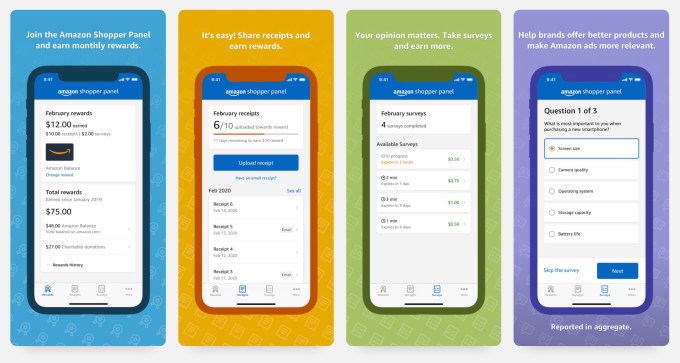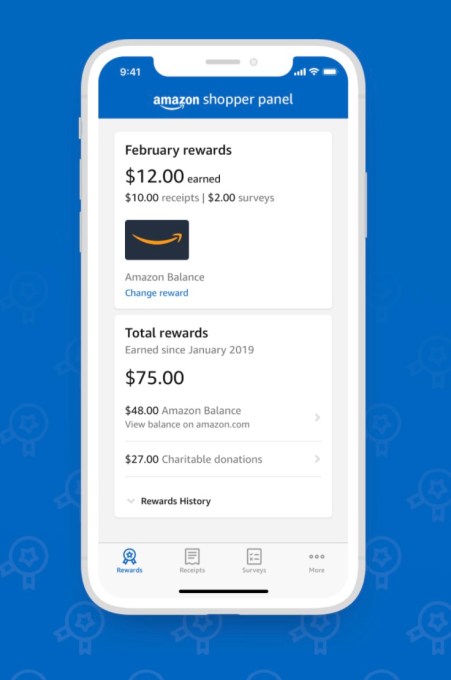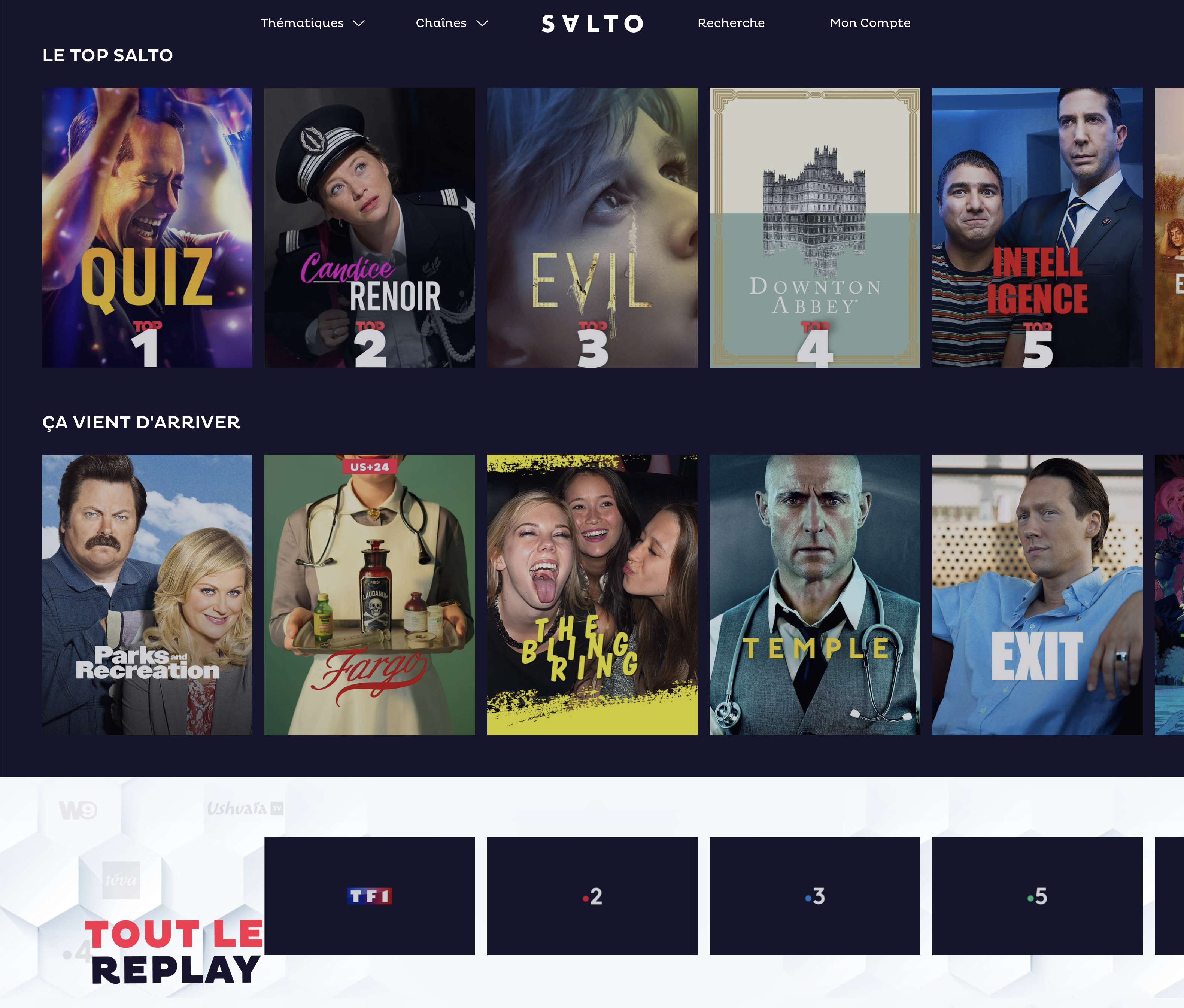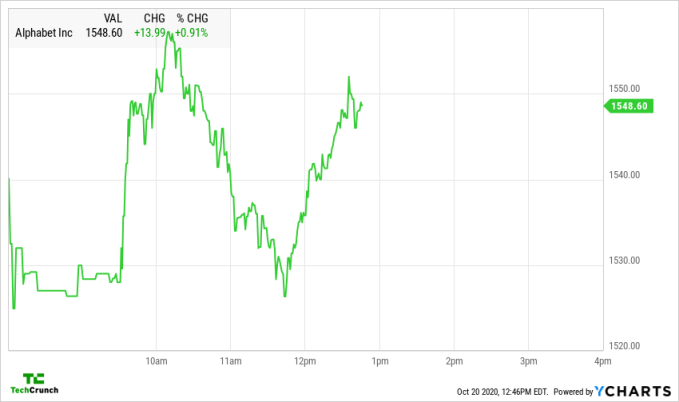- October 20, 2020
- by:
- in: Blog
For all of the investors preaching that augmented reality technology will likely be the successor to the modern smartphone, today, most venture capitalists are still quite wary to back AR plays. The reasons are plentiful, but all tend to circle around the idea that it’s too early for software and too expensive to try to
For all of the investors preaching that augmented reality technology will likely be the successor to the modern smartphone, today, most venture capitalists are still quite wary to back AR plays.
The reasons are plentiful, but all tend to circle around the idea that it’s too early for software and too expensive to try to take on Apple or Facebook on the hardware front.
Meanwhile, few spaces were frothier in 2016 than virtual reality, but most VCs who gambled on VR following Facebook’s Oculus acquisition failed to strike it rich. In 2020, VR did not get the shelter-in-place usage bump many had hoped for largely due to supply chain issues at Facebook, but VCs hope their new cheaper device will spell good things for the startup ecosystem.
To get a better sense of how VCs are looking at augmented reality and virtual reality in 2020, I reached out to a handful of investors who are keeping a close watch on the industry:
Some investors who are bullish on AR have opted to focus on virtual reality for now, believing that there’s a good amount of crossover between AR and VR software, and that they can make safer bets on VR startups today that will be able to take advantage of AR hardware when it’s introduced.
“Besides Pokémon Go I don’t think we have seen the engagement numbers needed for AR,” Boost VC investor Brayton Williams tells TechCrunch. “We believe VR is still the largest long-term opportunity of the two. AR complements the real world, VR creates endless new worlds.”
Most of the investors I got in contact with were still fairly active in the AR/VR world, but many still disagreed whether the time was right for VR startups. For Jacob Mullins of Shasta Ventures, “It’s still early, but it’s no longer too early.” While Gigi Levy-Weiss of NFX says that the market is “sadly not happening yet,” Facebook’s Quest headsets have shown promise.
On the hardware side, the ghost of Magic Leap’s formerly hyped glory still looms large. Few investors are interested in making a hardware play in the AR/VR world, noting that startups don’t have the resources to compete with Facebook or Microsoft on a large-scale rollout. “Hardware is so capital intensive and this entire industry is dependent on the big players continuing to invest in hardware innovation,” General Catalyst’s Niko Bonatsos tells us.
Even those that are still bullish on startups making hardware plays for more niche audiences acknowledge that life had gotten harder for ambitious founders in these spaces, “the spectacular flare-outs do make it harder for companies to raise large amounts with long product release horizons,” investor Tipatat Chennavasin notes.
Responses have been edited for length and clarity.
Niko Bonatsos, General Catalyst
What are your general impressions on the health of the AR/VR market today?
We’re seeing some progress in VR and some of that is happening because of the Oculus ecosystem. They continue to improve the hardware and have a growing catalog of content. I think their onboarding and consumption experience is very consumer-friendly and that’s going to continue to help with adoption. On the consumer side, we’re seeing some companies across gaming, fitness and productivity that are earning and retaining their audiences at a respectable rate. That wasn’t happening even a year ago so it may be partially a COVID lift but habits are forming.
The VR bets of several years ago have largely struggled to pan out, if you were to make a startup investment in this space today what would you need to see?
Companies to watch are the ones that are creating cool experiences with mobile as the first entry point. Wave VR, Rec Room, VRChat are making it really easy for consumers to get a taste of VR with devices they already own. They’re not treating VR as just another gaming peripheral but as a way to create very cool, often celebrity-driven, content. These are the kinds of innovations that makes me optimistic about the VR category in general.
Most investors I chat with seem to be long-term bullish on AR, but are reticent to invest in an explicitly AR-focused startup today. What do you want to see before you make a play here?
In both AR/VR, a founder needs to be both super ambitious but patient. They’ll need to be flexible in thinking and open to pivoting a few times along the way. Product-market fit is always important but I want to see that they have a plan for customer retention. Fun to try is great, habit-forming is much better. Gaming continues to do pretty well as a category for VC dollars but it’d be interesting to see more founders look at making IRL sports experiences more immersive or figuring out how to enhance remote meeting experiences with VR to fix Zoom fatigue.
There have been a few spectacular flare-outs when it comes to AR/VR hardware investments, is there still a startup opportunity in AR/VR hardware?
Hardware is so capital intensive and this entire industry is dependent on the big players continuing to invest in hardware innovation. Facebook and Microsoft seem to be the main companies willing to spend here while others have backed away. If we expand our thinking for a minute, maybe the first real mainstream breakthrough AR/VR consumer experience isn’t visual. For VR, it might be the mobile experiences. For AR maybe AirPods or AirPod-like devices are the right entry point for consumers. They’re in millions of people’s ears already and who doesn’t want their own special-agent-like earpiece? That’s where founders might find some opportunity.
Tipatat Chennavasin, The Venture Reality Fund









